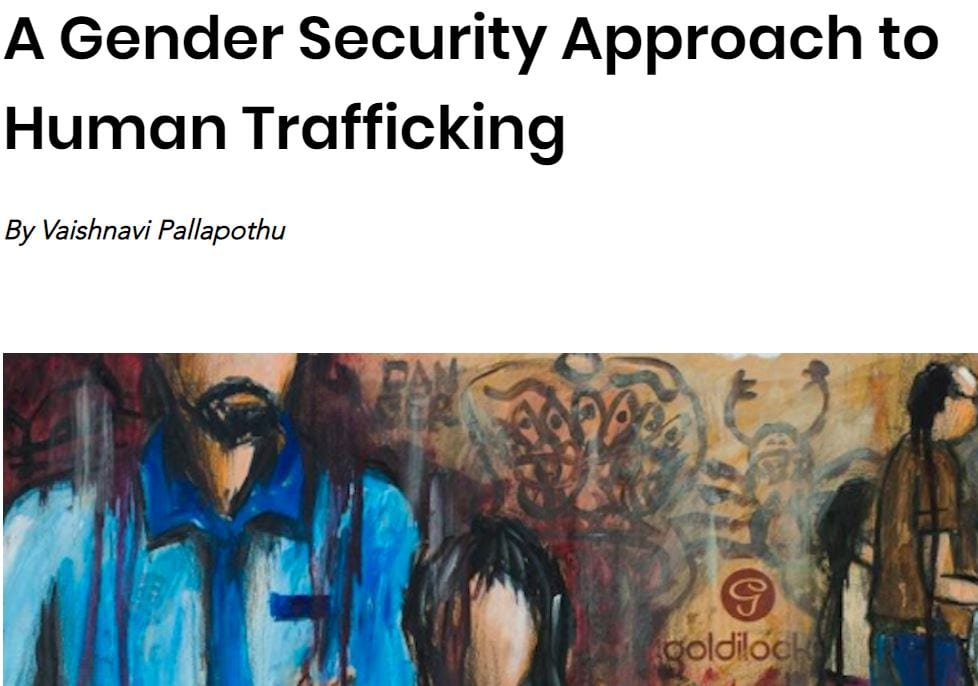
A Gender Security Approach to Human Trafficking
According to feminist international relations theorist Cynthia Enloe, the term “trafficked woman” was introduced in the 1990s “to capture the realities of forced (whether paid or unpaid) sexual servicing.” [1] After the breakdown of the Soviet Union and the socialist bloc in Eastern Europe, fragile socio-political systems left millions of womxn vulnerable to exploitation by traffickers.
The ‘Natasha’ victim, a name given to victims from the ex-Soviet Republics, lead to the emergence of the ‘Natasha trade’, the subsequent politicisation of the phenomenon and a call for action to end transnational sex trafficking. [2] Since the end of the Cold War, thus, sex trafficking has received newfound attention as a violation of human rights. While current approaches to tackling the problem are rooted in traditional state-centric approaches to security, a feminist gender security approach promises to be more victim-centric.
Dimensions of Sex Trafficking
There are plenty of push factors that make women, girls and non-binary people especially vulnerable to trafficking – the internalisation of patriarchy, the feminisation of poverty and migration, the saturation of consumerism and commodification in a global capitalist system etc. Cynthia Enloe also detailed that countries which i) underwent economic crises, ii) were hit by natural calamities and iii) embroiled in militarised violence all have weakened safety nets for marginalised groups and therefore, are more likely to be countries wherein more womxn can slip through the cracks. [2] While the 1993 Vienna Declaration, the first global document to situate sex trafficking as a form of “violence against women”, acknowledges the use of coercion and force and these various push factors, there remains a degree of contentiousness in framing sex trafficking in terms of structural violence.
Read full article here.
